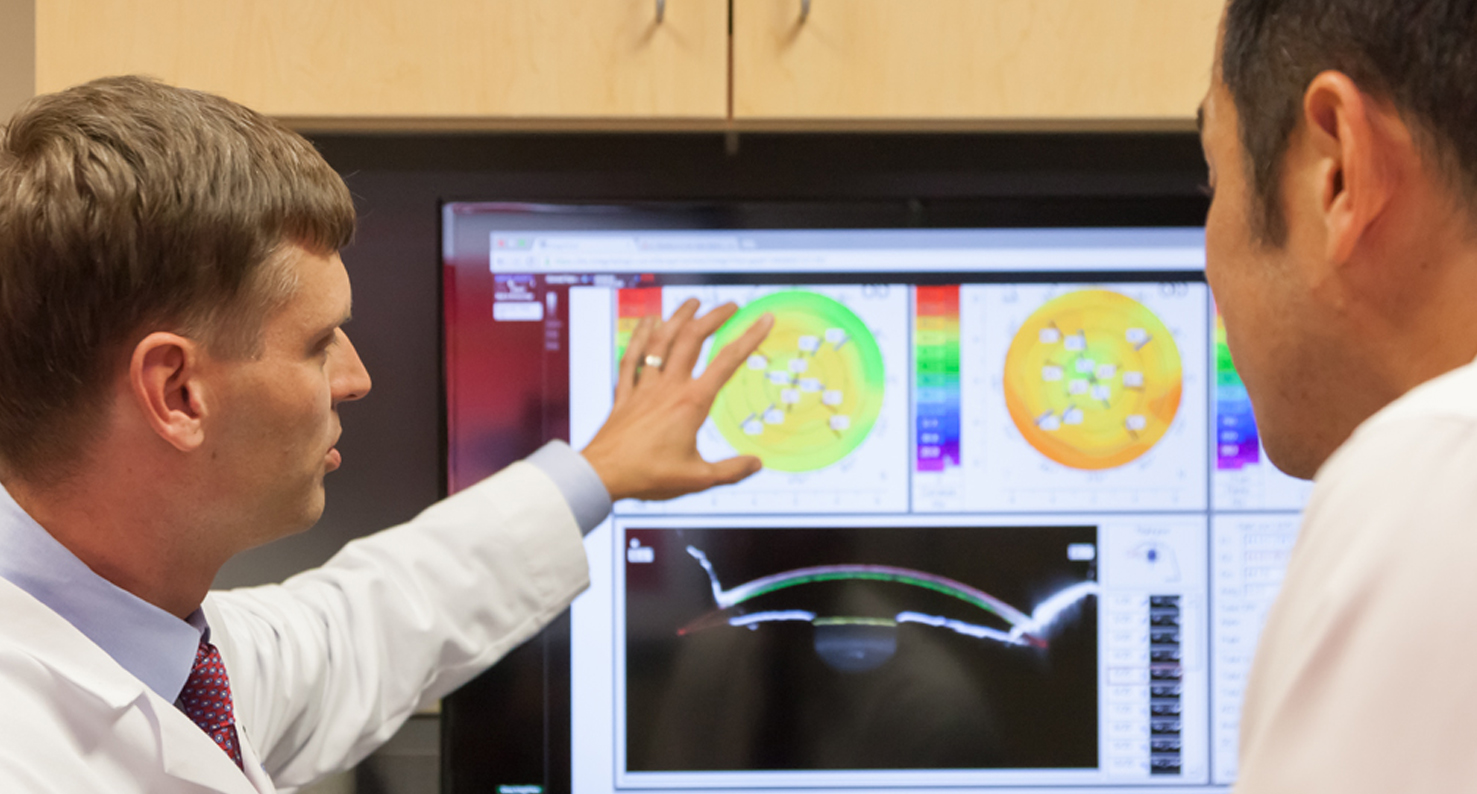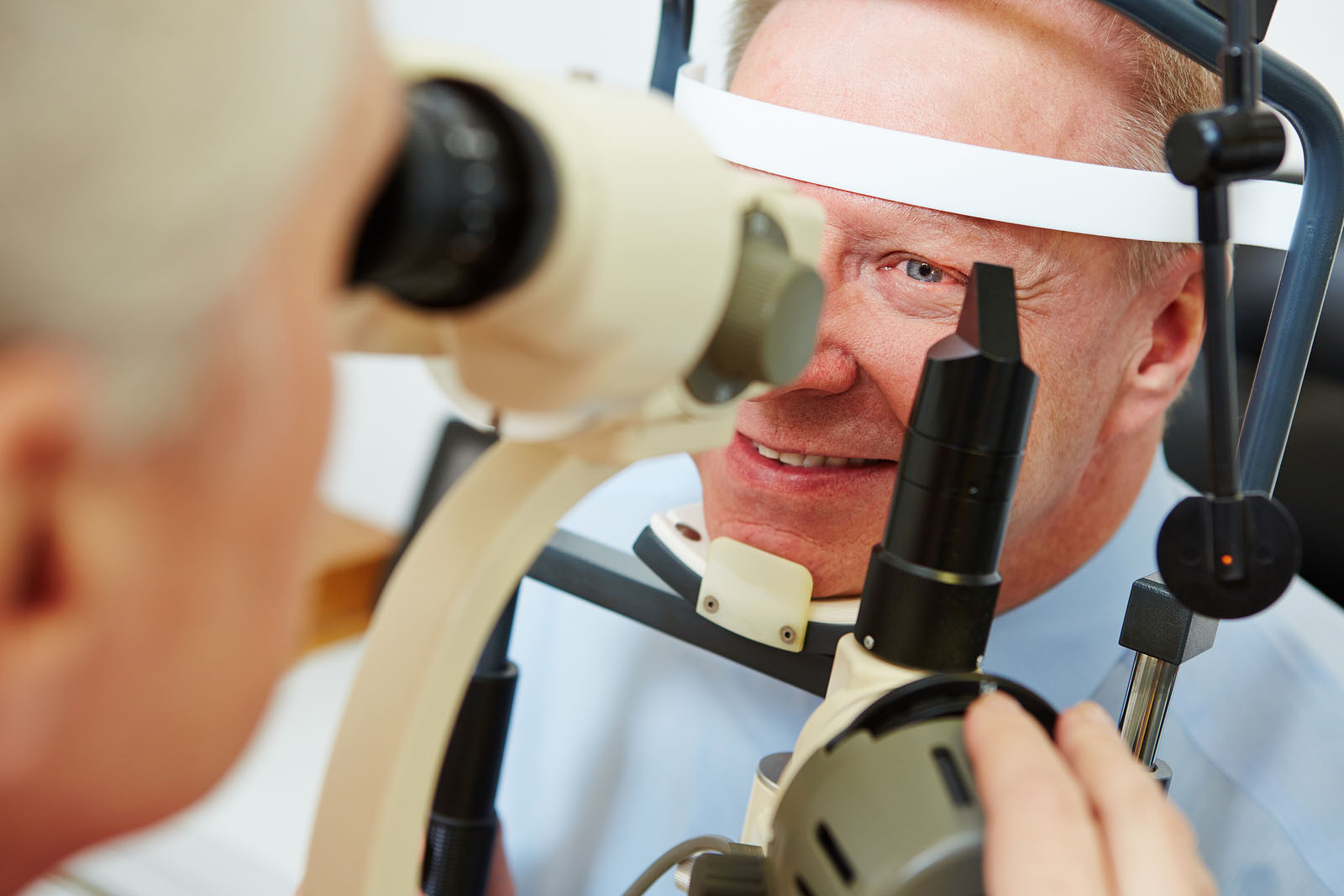Is My
Eye Infected?

Maybe your eyes are itchy and they're starting to turn a shade of pink. Could it be an infection, you wonder? Your doctor can make the final call, but there are key signs to watch for that can give you clues.
An infection in your eye can show up in many different ways. A lot depends on which part of your eye has the problem. For instance, you can get symptoms in your:
- Eyelid
- Cornea (clear surface that covers the outside of your eye)
- Conjunctiva (thin, moist area that covers the inside of the eyelids and outer layer of your eye)
Symptoms of an Eye Infection
You may have symptoms in one or both eyes when you have an infection. Look out for this kind of trouble:
How your eye feels. You may notice problems like:
- Pain or discomfort
- Itchy eyes
- Feeling that something's on or in your eye
- Eye hurts when it's bright (light sensitivity)
- Burning in your eyes
- Small, painful lump under your eyelid or at the base of your eyelashes
- Eyelid is tender when you touch it
- Eyes won't stop tearing up
- Irritation in your eyes
How your eye looks. You could have changes like:
- Discharge out of one or both eyes that's yellow, green, or clear
- Pink color in the "whites" of your eyes
- Swollen, red, or purple eyelids
- Crusty lashes and lids, especially in the morning
How well you see. You may find you have blurry vision.
Some other problems you may get are fever, trouble wearing contacts, and swollen lymph nodes near your ear.
Types of Eye Infections
After you see your doctor, she may name the infection you have. You may hear her use medical terms like:
Pinkeye (conjunctivitis). It's an infection of your conjunctiva and usually gives your eyes a pink tint. It can be caused by a bacteria or virus, although sometimes you might get it from an allergic reaction or irritants. It's common to get pinkeye when you have a cold.
Keratitis. This is an infection of your cornea. It can be caused by bacteria, viruses, or parasites in water. It's a common problem for people who wear contact lenses.
Stye. It can crop up as painful red bumps under your eyelid or at the base of your eyelashes. You get them when the oil glands in your eyelid or eyelashes get infected with bacteria.
Fungal eye infections. It's rare to get infections from a fungus, but they can be serious if you do. Many fungal eye infections happen after an eye injury, especially if your eye was scraped by a something from a plant, like a stick or a thorn. You can also get one if you wear contacts and don't clean them properly.
Uveitis. This is an infection of the middle layer of your eye, called the uvea. It's sometimes linked to an inflammatory disease like rheumatoid arthritis or lupus.
Before deciding on the best treatment for your infection, your doctor will need to look at your eye and may also take a tissue or fluid sample. She'll send it to a lab, where it gets checked under a microscope or put into a dish to make a culture.
Based on what the lab finds, your doctor may prescribe medication you take by mouth, a cream you spread on your eyelid and eye, or eyedrops. If the infection is due to an injury, allergy, irritant, or other health condition, she may suggest other treatments to deal with those issues. You shouldn't wear contact lenses until your eye infection has cleared up.
NEXT IN EYE BASICS
Related Post

What Your Eye Symptoms May Mean
Tiny blood vessels in your eye may expand or burst when they get irritated or infected.

A Visual Guide to Glaucoma
It's a condition that can damage your optic nerve, usually because of too much pressure in your eye.



